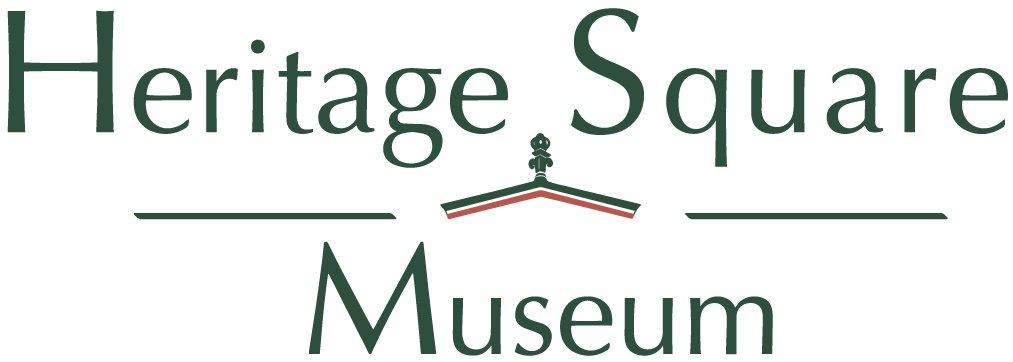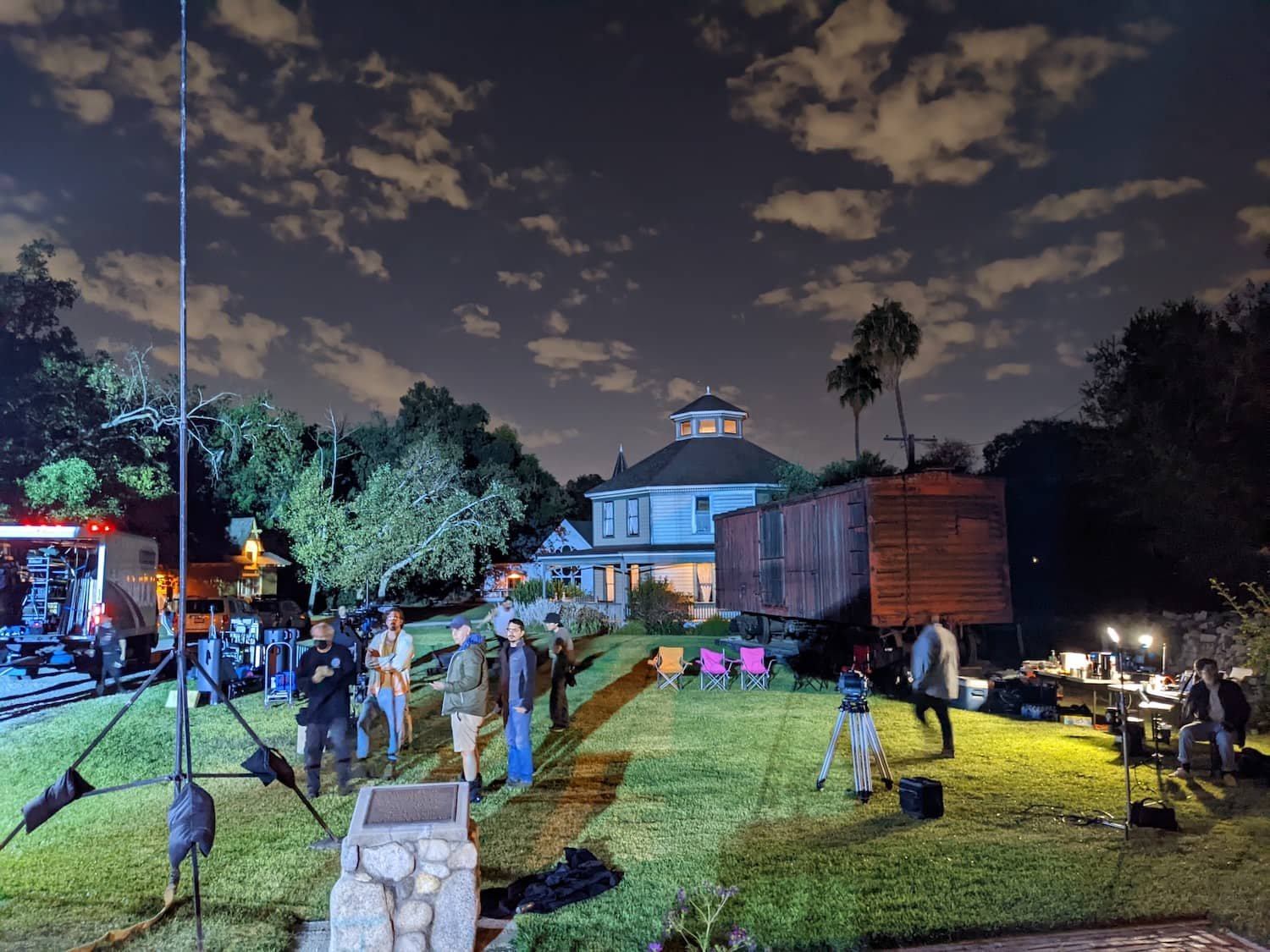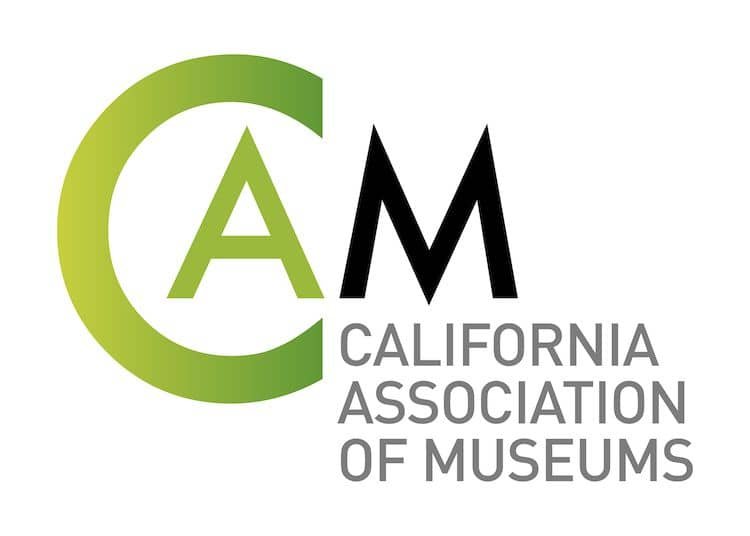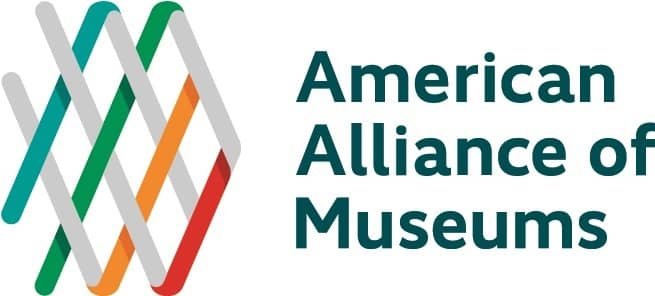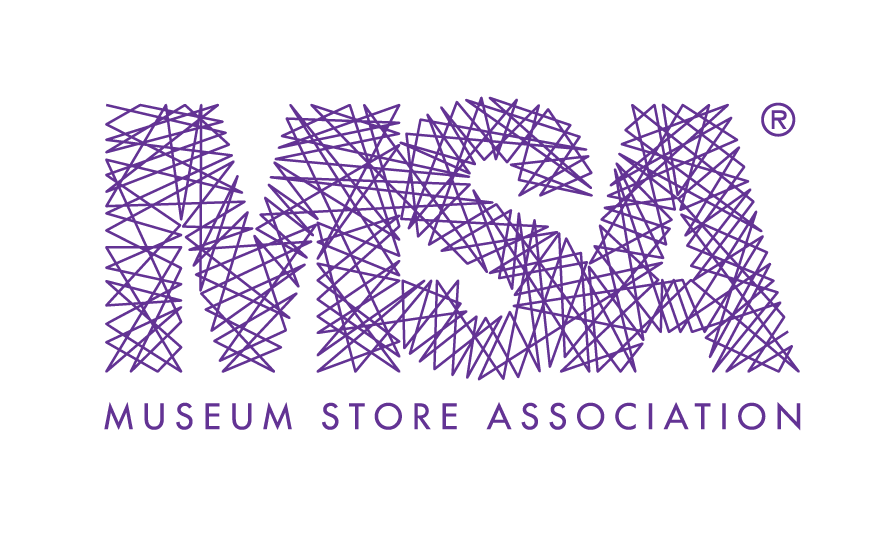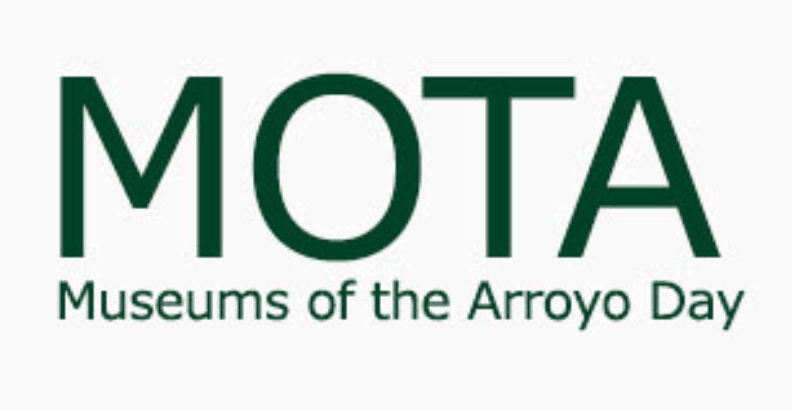About the Museum:
Our mission is to Preserve, Collect, and Interpret the architecture, physical environment, and culture of Southern California during the first 100 years of statehood (1850 to 1950).
Heritage Square Museum explores the settlement and development of Southern California during its first 100 years of statehood through historic restoration and preservation.
The eight historic structures located at the museum, constructed during the Victorian Era, were saved from demolition and serve as a perfect background to educate the public about the everyday lives of Southern Californians from the close of the 19th Century into the early decades of the 20th Century.
Over the past fifty years, Heritage Square Museum has acquired and begun the restoration on eight historically significant buildings from different Los Angeles neighborhoods. Located on acres of period appropriate landscaped grounds, the museum is the place where history comes alive!
From the simplicity of the Longfellow-Hastings Octagon House to the opulence of the William Perry Mansion, the Museum provides a unique look at the lifestyles of the people who contributed so much to the development of modern Los Angeles.
Ways to Experience Heritage Square
Options for visitors
Explore the landscaped grounds
Go on a guided tour inside the buildings
Attend an event
Guided tours of the museum are supplemented by educational programs, hands-on training, exhibitions and special events, such as Museums of the Arroyo Day®, which take our guests back in time to the era where electricity was a novelty, a trip to the beach was often a full-weekend activity, and manners were distinctly different from those of today.
Looking for a unique backdrop for your film project, photo shoot, corporate or private event?
Learn how you can have your next event at Heritage Square or book our facilities for filming.
Prime Los Angeles location for private events and film shoots
Youth Education Programs
We offer both field trips and in-the-classroom educational experiences to make history accessible to students in Los Angeles.
We are proud to be a member of the following organizations:
-
Although there are many institutional tales of interesting paranormal occurrences that have happened at our museum, we do not consider our historic buildings to be haunted, just “visited” from time-to-time by their original owners.
[LINK TO GHOST TOUR EVENTS]
-
While the Museum occupies city parkland, it receives minimal to no funding from the City or State government for operations. Revenue is generated through admissions, museum store sales, site rentals, donations and the generous contributions of individuals, corporations, and foundations. We also receive in-kind donations from local businesses, donors, and members.
-
No. For photo shoots that require props, clothing changes, models and are for anything related to business, instagram influencers, product promotion, merchandising, you must contact us to schedule a professional photo shoot. Fees begin at $175 per hour.
If you are found on the museum property conducting anything other than personal photos, you will be asked to leave the property immediately without a refund of your admission fee.
View our site rentals page for more information.
-
It is the Museum’s mission to preserve and restore all of the structures in its care.
However, restoration of the structures is expensive since the museum must use original materials-for instance we must use plaster on the interior walls, not drywall like most homeowners do. The organization is also required to adhere to the standards set by the Secretary of the Interior when fixing the buildings.
Most of the buildings were donated with just enough funding to initially restore them. However with normal wear-and-tear and exposure to our wonderfully sunny Southern California weather, each building still requires life-long maintenance, which means there will always be restoration work to be done.
Donations to specific buildings are accepted and greatly appreciated.
-
Photography is not allowed inside the building for two reasons-to protect the collection and ephemera and for security purposes.
-
Service animals are allowed as are dogs on days that we have outdoor tours.
-
Self guided tours of the buildings are not allowed.
Our docents are on hand to take you in the buildings and share the history of our structures and the people who lived in them on Saturdays and Sundays.
Frequently Asked Questions
Museum Leadership
Staff
Kenia Villa
Museum Assistant/Gift Store
Membership Information
Sasha Valenzuela
Volunteer and Facilities Coordinator
Board of Directors:
Natalie Meyer, Board Chair
Costumer
Susana Santiago
Project Architect, Past President
Louis Magnano
Real Estate Specialist
William Baker
Director, Real Estate Architecture Division, The Agency
José Gardea:
Author, MacArthur Park, Arcadia Publishing
Melissa Macias
Educator
John Kearns
Development Director
Maura Schafer
Chief Marketing Officer
RDC-S111
Come Visit Heritage Square!
